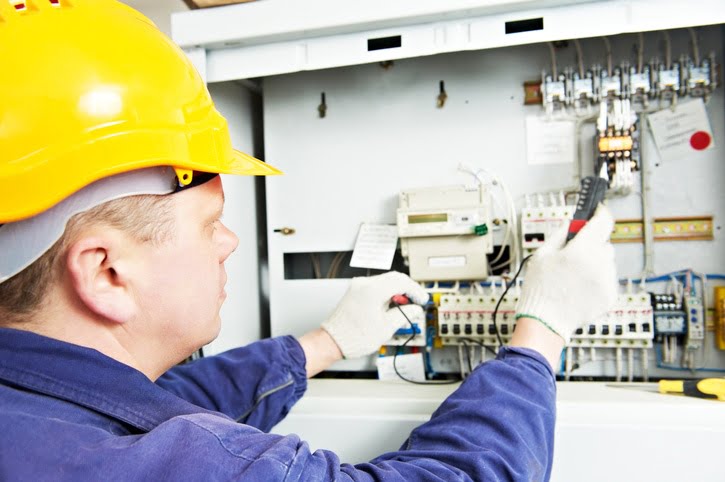First 5 Steps When Troubleshooting Enclosure Cooling Fans

Under ideal environmental conditions, enclosure cooling fans offer the most cost effective solution to adequately cool sensitive electrical components. Cooling fans function best when located indoors where minimal levels of dust and dirt exist, away from moisture and corrosive chemicals. The ambient air temperature should be low enough to properly cool heat producing components.
Enclosure cooling fans can offer long, reliable, trouble free protection. In the event that enclosure cooling fans suddenly fail to cool a particular application, several steps can be taken to troubleshoot the problem:
1. Check Fan Operation
Cooling fans are designed to move large volumes of air. If air flow is suddenly restricted the electrical components inside the enclosure can overheat. Check for damaged fan blades or noisy fan motor bearings. Fan blades should spin freely and smoothly without restriction. Noisy bearings can indicate fan blades are running more slowly, moving less air through the enclosure to cool components.
2. Check for External Air Flow Restrictions
Confirm that there’s adequate clearance of about 5 inches (13 cm) around the fan air inlet and outlet. Check that no tools or equipment have been placed too close causing reduced air flow.
Check for a clogged intake. If the fan and exhaust housings are excessively dirty, gently clean them without allowing dirt to fall into the enclosure onto electrical components.
3. Check for Internal Air Flow Restrictions
When it comes to reliable enclosure cooling fan operation, nothing is more important than clean air filters through regular maintenance. Clean filters allow for maximum airflow through the enclosure. Clogged filters restrict airflow causing electrical component temperatures to reach dangerous levels.
Filter replacement best practices: Inspect air filters on a regular basis to clean or replace when dirty.
4. Inspect Seals and Gaskets for Air Leakage
Verify that the fans, filters and exhaust vents are properly in place and seated. Cabinet door seals and all other gaskets must be in good condition able to prevent air leaks. A properly sealed enclosure cooling system will allow for efficient air circulation throughout the cabinet keeping hot spots from forming.
5. Verify Proper Installation
Having an improperly installed fan is always a possibility and can cause cooling problems. Whether the application is a recent installation or repair, verify the fans have been correctly installed. The enclosure cooling fan should be fitted such that the air flow is entering near the bottom of the cabinet with the exhaust located diagonally opposite at the top.
Once everything has been checked and vital fan parts and filters have been cleaned or replaced, the enclosure cooling fan should be able to maintain the cabinet’s interior below the maximum operating temperature for critical electrical components. If overheating occurs again within a couple weeks after maintenance, the enclosure cooling fan may not be the ideal solution for that particular application.
Enclosure Cooling Fans vs. Air to Air Heat Exchangers
When scheduled maintenance is regularly missed or the environment contains excessive levels of dust and dirt, an air to air heat exchanger may be a better solution to keep contaminants out of the enclosure.
An air to air heat exchanger is a closed loop cooling system which means that the ambient air is kept separate from the ambient air offering an additional level of electrical component protection. Additionally, an air to air heat exchanger is a low maintenance alternative to enclosure cooling fans, offering a high level of cooling efficiency and low operating costs.
Before selecting an air to air heat exchanger, the online Enclosure Temperature Management Calculator should be used to determine the required cooling capacity. Once the maximum ambient temperature has been established and the temperature limitations of the electrical equipment have been determined, a properly sized air to air heat exchanger can be selected.
If your application has any additional constraints which render the enclosure cooling fan or air to air heat exchanger unsuitable, contact the experts at Thermal Edge. Together we can help you choose the best enclosure cooling product for your application.

